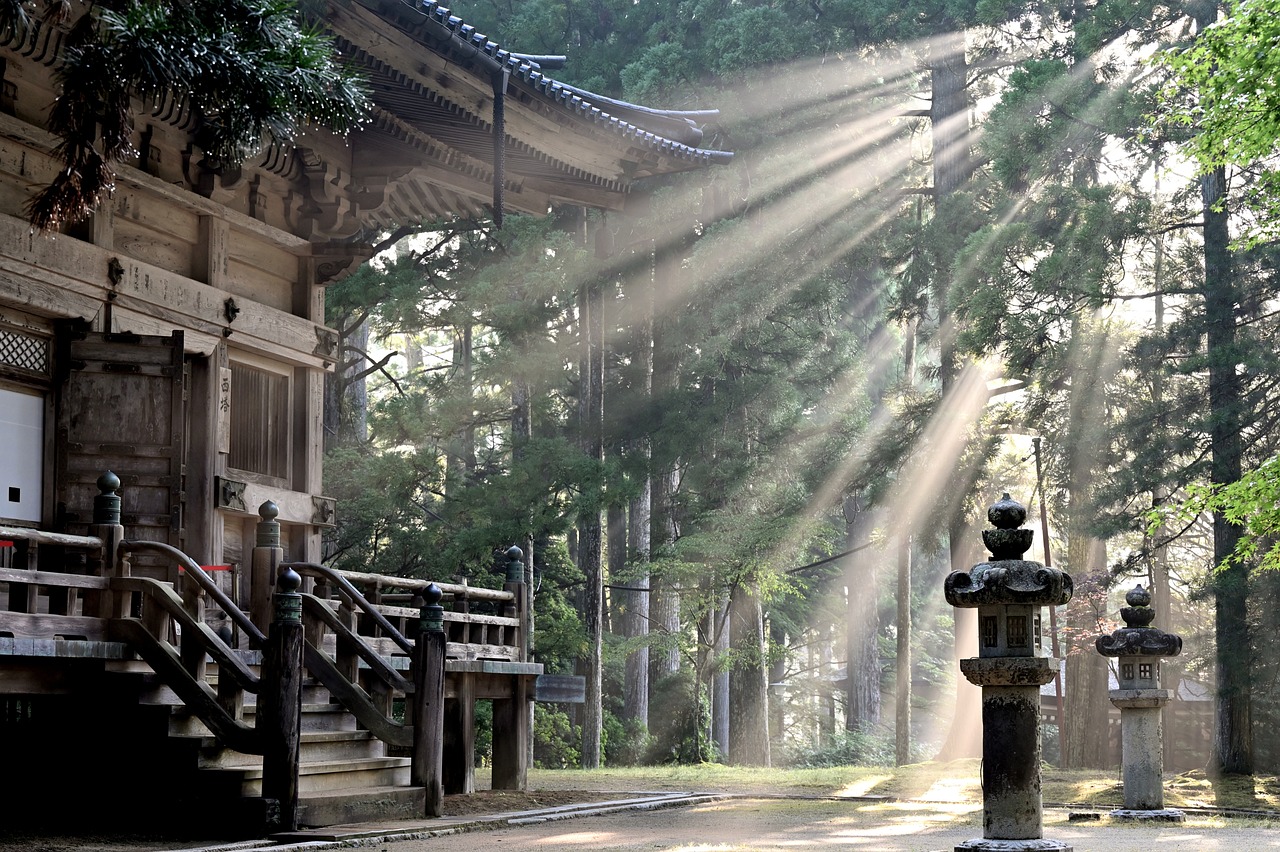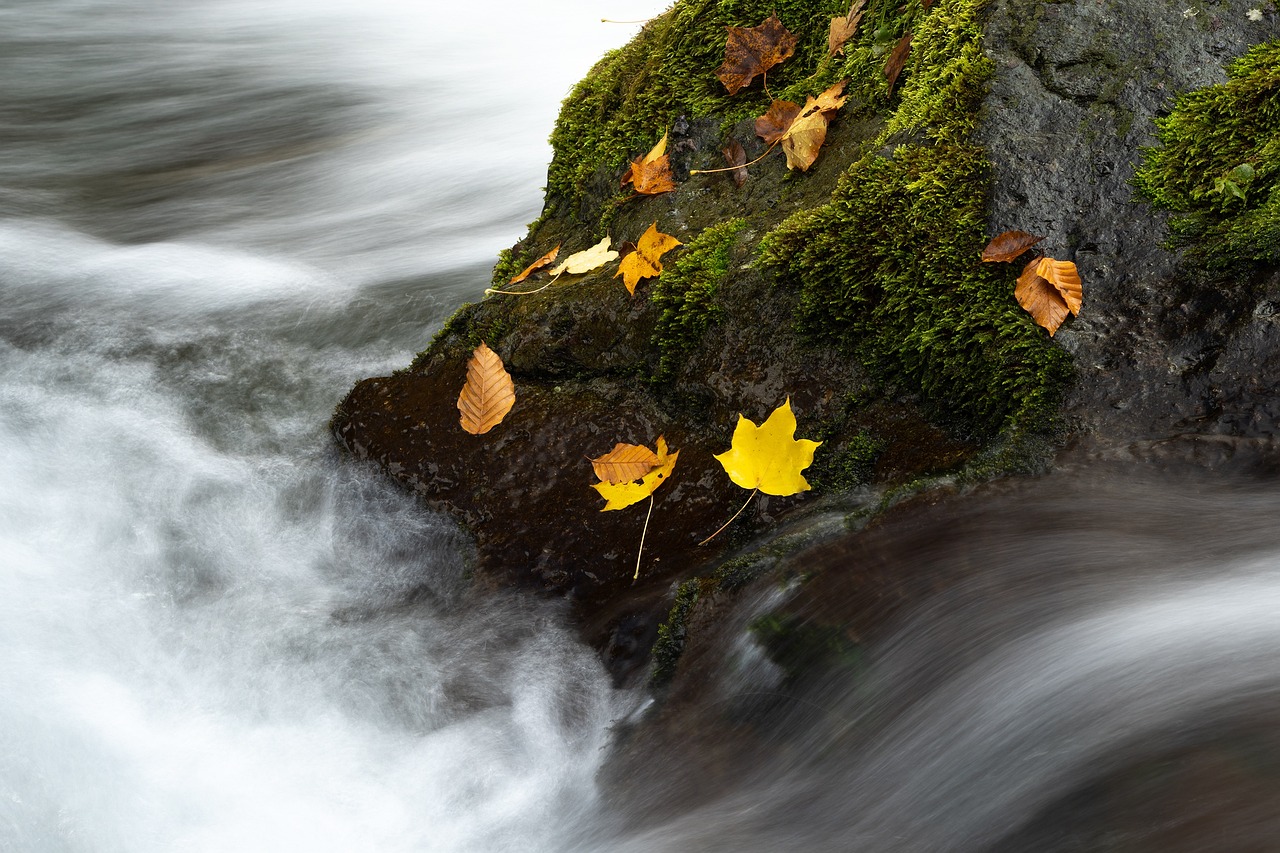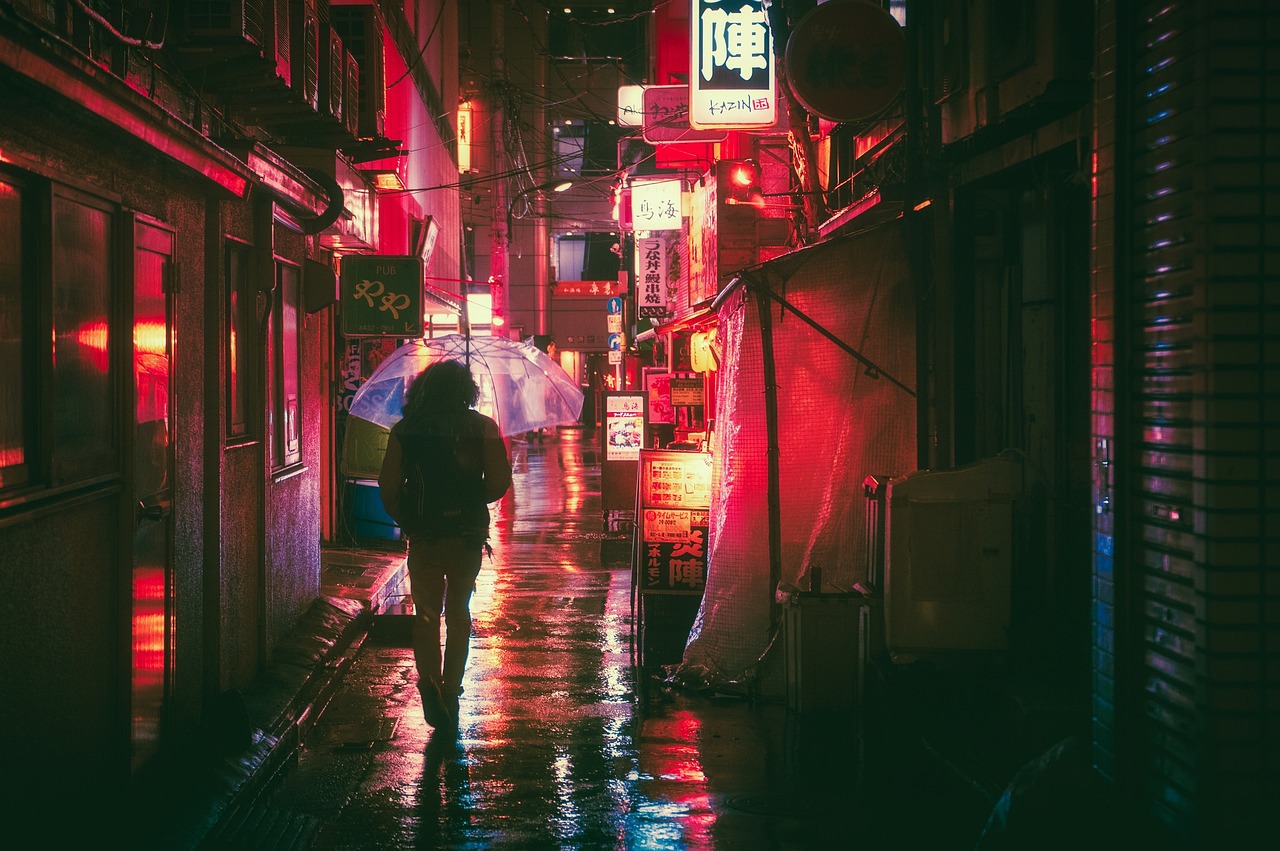Local Celebrations and Holidays: What to Expect in Japan
Japan is a country rich in culture and tradition, and its local celebrations and holidays reflect this diversity. From ancient festivals rooted in Shinto and Buddhism to modern holidays influenced by Western customs, Japan offers a unique and vibrant experience for visitors. In this article, we will explore twelve different celebrations and holidays that you can expect to encounter during your time in Japan.
Cherry Blossom Festival (Hanami)
The Cherry Blossom Festival, also known as Hanami, is one of the most anticipated events in Japan. It typically takes place in late March to early April, depending on the region and weather conditions. During this festival, people gather under blooming cherry blossom trees to enjoy the beauty of the delicate pink flowers. Parks and gardens become vibrant with hanami parties, where friends and families gather for picnics and drinks. The festival is a symbol of renewal and the transient nature of life.
- Cherry Blossom Viewing: The main activity during Hanami is viewing cherry blossoms. People visit parks, temples, and shrines to witness the breathtaking beauty of the blooming sakura trees.
- Picnics: Many locals and tourists engage in hanami parties, where they bring food and drinks to enjoy under the cherry blossom trees. It is a social event that brings people together.
- Night Illuminations: Some parks and gardens organize night illuminations, where the cherry blossoms are lit up, creating a magical atmosphere.
- Traditional Performances: In some locations, traditional performances such as tea ceremonies, music, and dance are held to celebrate the Cherry Blossom Festival.
Golden Week
Golden Week is a series of public holidays that occur in late April to early May. It is one of the busiest and most popular times for domestic travel in Japan. The consecutive holidays allow people to take extended vacations and explore different parts of the country. Many attractions and tourist destinations can be crowded during this time.
- Constitution Memorial Day: This holiday, on May 3rd, commemorates the enactment of the post-war constitution in 1947. It is a day to reflect on the significance of democracy and human rights.
- Greenery Day: Previously celebrated on April 29th, Greenery Day is now observed on May 4th. It is a day to appreciate nature and be grateful for the blessings of the environment.
- Children’s Day: Celebrated on May 5th, Children’s Day is a national holiday dedicated to the happiness and well-being of children. Families often fly carp-shaped koinobori flags and display samurai dolls to wish for the healthy growth of their children.
Tanabata Festival
The Tanabata Festival, also known as the Star Festival, is based on a romantic legend about two lovers separated by the Milky Way. It is celebrated on July 7th, but the dates may vary in different regions. During this festival, colorful decorations and bamboo branches are displayed, and people write their wishes on strips of paper and hang them from the branches.
- Decorations: Bamboo branches are decorated with colorful paper streamers, origami, and other ornaments. The streets and shopping arcades come alive with vibrant displays.
- Wish Writing: Visitors can write their wishes on small pieces of paper and hang them on bamboo branches. It is believed that the wishes will come true if they are made with sincerity.
- Parades and Performances: Some cities organize parades and traditional performances, such as music and dance, to celebrate the Tanabata Festival.
Obon Festival
The Obon Festival, also known as the Festival of Souls, is a Buddhist event held to honor the spirits of ancestors. It usually takes place in mid-August, but the dates may vary by region. During this time, it is believed that the spirits of the deceased return to visit their families. The festival involves various rituals and customs to welcome and appease the spirits.
- Obon Dance: Bon Odori, or Obon dance, is a traditional dance performed during the festival. People gather in yukata (summer kimono) and dance to traditional music to honor their ancestors.
- Grave Visits: Families visit the graves of their ancestors to clean and decorate them. Offerings of food and drinks are made, and incense is burned to guide the spirits back to the other world.
- Lantern Floating: In some regions, lanterns are floated on rivers or released into the sea to guide the spirits back to the spirit world.
Jidai Matsuri
Jidai Matsuri, meaning “Festival of the Ages,” is one of Kyoto’s most significant festivals. It takes place on October 22nd and showcases the historical and cultural heritage of Kyoto. The festival features a grand procession with participants dressed in period costumes, representing different eras of Japanese history.
- Historical Parade: The highlight of Jidai Matsuri is a procession that starts from the Imperial Palace and moves through the streets of Kyoto. Participants dress in elaborate costumes representing various historical figures.
- Traditional Performances: Along with the parade, there are performances of traditional music, dance, and martial arts that showcase the cultural heritage of Kyoto.
- Exhibitions and Displays: Museums and temples in Kyoto often organize special exhibitions and displays during Jidai Matsuri to educate visitors about the city’s history and culture.
Shogatsu (Japanese New Year)
Shogatsu, or Japanese New Year, is one of the most important holidays in Japan. It is celebrated from January 1st to January 3rd and is a time for family gatherings and traditional customs. During Shogatsu, many businesses and attractions may be closed, as people take time off to spend with their loved ones.
- First Sunrise: Watching the first sunrise of the year is considered auspicious. Many people visit beaches or mountaintops to witness this special moment.
- Visiting Shrines and Temples: Many Japanese visit shrines or temples during Shogatsu to pray for good fortune and make offerings.
- New Year’s Food: Traditional dishes such as osechi ryori (special New Year’s meal), ozoni (soup with mochi), and toshikoshi soba (year-crossing noodles) are consumed during Shogatsu.
- Hatsumode: Hatsumode is the first shrine or temple visit of the year. People go to pray for blessings and purchase omamori (amulets) or omikuji (fortune-telling slips).
Takayama Festival
The Takayama Festival is held twice a year, in spring and autumn, in the historic town of Takayama in the Hida region of Gifu Prefecture. It is considered one of Japan’s most beautiful festivals and attracts visitors from all over the country. The festival showcases stunning floats, traditional music, and performances.
- Yatai Floats: Elaborately decorated yatai floats are the main attraction of the Takayama Festival. These floats, adorned with intricate carvings and decorations, are paraded through the streets.
- Karakuri Performance: The floats feature mechanical puppets called karakuri ningyo that perform intricate movements and dances.
- Traditional Music and Dance: Traditional music and dance performances add to the festive atmosphere. Visitors can witness various traditional art forms during the festival.
- Food and Craft Stalls: The streets are lined with food stalls and craft vendors, offering local delicacies and traditional crafts for visitors to enjoy.
Image 1:

Harvest Moon Viewing
The Harvest Moon Viewing, known as Tsukimi, is a celebration of the autumn full moon. It is usually held in September or October, when the moon is at its brightest. During this festival, people gather to appreciate the beauty of the moon and enjoy seasonal foods.
- Moon Viewing: People gather in gardens or open spaces to view the full moon. The moon’s reflection is often admired in ponds or lakes.
- Decorations: Homes and public spaces are decorated with susuki grass, pampas grass, and other autumnal plants to create a festive atmosphere.
- Seasonal Foods: Traditional foods such as tsukimi dango (rice dumplings), chestnuts, and taro are consumed during the Harvest Moon Viewing.
Gion Matsuri
Gion Matsuri is one of Japan’s most famous and largest festivals, held in Kyoto throughout the month of July. It is a month-long celebration with various events and processions, culminating in a grand parade on July 17th. The festival honors the Yasaka Shrine and is a symbol of Kyoto’s cultural heritage.
- Yamaboko Floats: The highlight of Gion Matsuri is the procession of massive yamaboko floats through the streets of Kyoto. These ornately decorated floats are accompanied by traditional music and performances.
- Mikoshi Procession: Mikoshi, portable shrines, are carried through the streets by enthusiastic participants. It is believed that the deities inside the mikoshi purify the city and bring good luck.
- Street Stalls: The festival attracts numerous street vendors selling local delicacies, traditional crafts, and souvenirs.
Image 2:

Shichi-Go-San
Shichi-Go-San, meaning “Seven-Five-Three,” is a traditional rite of passage ceremony for children in Japan. It is celebrated on November 15th, although visits to shrines and temples may occur on different days. The festival marks the growth and well-being of children who have reached the ages of 3, 5, and 7.
- Dressing in Traditional Attire: Children dress in traditional kimono or hakama for the occasion. Girls wear colorful kimono, while boys wear hakama, a traditional Japanese garment.
- Shrine Visits: Families visit shrines or temples to pray for the health and prosperity of their children. They often bring along Chitose-ame, long, thin red and white candies, as symbols of longevity.
- Photography Sessions: Many families arrange professional photography sessions to capture the memories of Shichi-Go-San. Children pose in their traditional attire to commemorate the occasion.
Christmas
Christmas in Japan is not a national holiday but has gained popularity as a commercial and festive occasion. It is celebrated in a unique way, blending Western customs with Japanese traditions.
- Illuminations: Cities and shopping districts are adorned with beautiful Christmas lights and decorations. Illumination displays attract locals and tourists alike.
- Christmas Markets: Christmas markets with food stalls, gift shops, and entertainment can be found in major cities. It is a place to enjoy festive treats and find unique gifts.
- Christmas Cakes: Christmas cakes, often decorated with strawberries and whipped cream, are popular during the holiday season. They are typically purchased for family gatherings or as gifts.
- Gift Exchanges: Similar to Western traditions, gift exchanges among family, friends, and coworkers are common during Christmas in Japan.
Image 3:

Conclusion
Japan’s local celebrations and holidays offer a fascinating glimpse into the country’s rich cultural heritage. Whether it’s witnessing the beauty of cherry blossoms during Hanami, participating in traditional dances during Obon, or marveling at the elaborate floats of the Takayama Festival, each celebration provides a unique and immersive experience. By embracing these festivities, visitors can gain a deeper understanding of Japan’s traditions and values.
References
- gypsywarrior.com
- japan-guide.com
- kyototravelguide.com
- tokyocheapo.com
- visit-hida.com
- kyototourism.org
- jnto.go.jp

